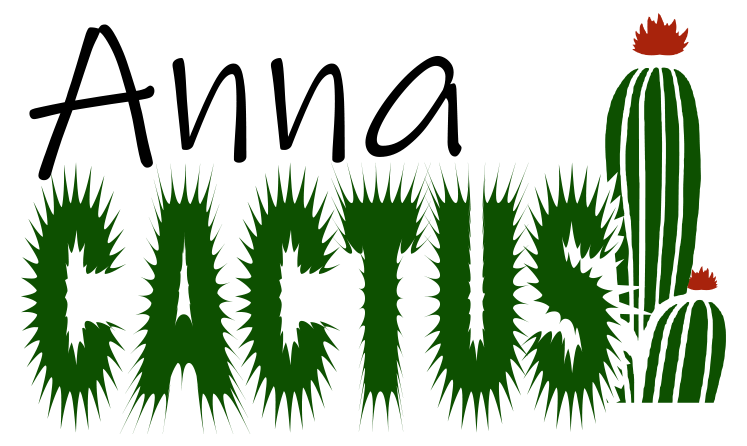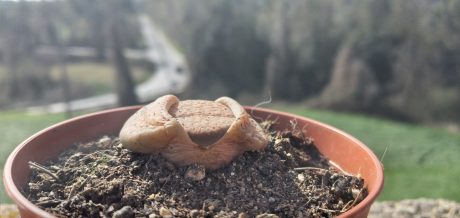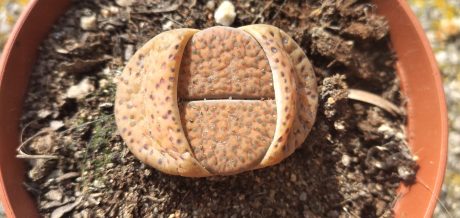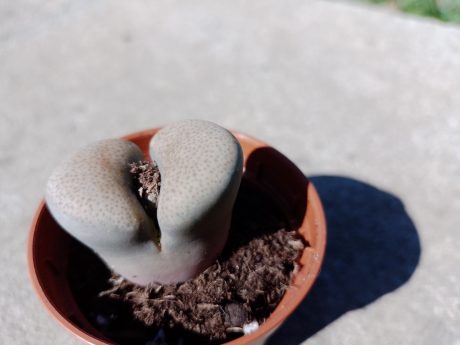For their simplicity there are those who call the Lithops Aucampiae or living stone. It is born mainly in South Africa. Their appearance may vary from one specimen to the other, but they are all based on the same. Two large fleshy leaves with a window to light into the underground part of the plant. As they grow, between the two main leaves a crack is created that opens and two more leaves come out.
The old ones, to put it one way, tend to dry. When the leaves have already been supplemented three or four times, the next time the new ones are generated, a flower in the middle will emerge, which in this species is bright yellow. If the flower like the place you have it, it can last a week.
This kind of cactus goes completely the other way round. Typically, its peak lifetime is between spring and summer, as lithop species are in the spring and summer that come to rest while autumn-winter is at its peak. When we enter an already advanced spring and summer begins, we start to enter a vegetative break.
It must not be irrigated because it is in its natural habitat that intense heat begins and it hardly rains, so we are increasingly watering because it already takes the water from the old leaves. Throughout the summer, it enters total rest, so the water supply must be completely removed unless the living leaves start to wrinkle. If this happens, a little water can be provided, ensuring that it does not reach the end of the test. In mid-August and early September, the plant returns to life. We’ll see this because the crack between the two leaves gets big, we can say the lithops open. That is where we will gradually start to water.
As we enter the winter, we will see that the plant ripens completely despite being completely awake. When that happens, we must again reduce the risk to stop providing water by the end of September. It is important to continue like this until the end of winter. As I said, it’s when they’re growing cold, but they come from the gradually drying leaves. In early spring, we will gradually irrigate again, always waiting for the substrate to be completely dry between irrigation and irrigation.
It is crucial that when they change leaves, the leaves that are drying should not be beautiful and alive, as this will prevent those that are new from being developed properly. With this aspect we can help it by putting it in a place where the temperature is not less than five degrees, because otherwise we could seriously damage the plant.






Reviews
There are no reviews yet.